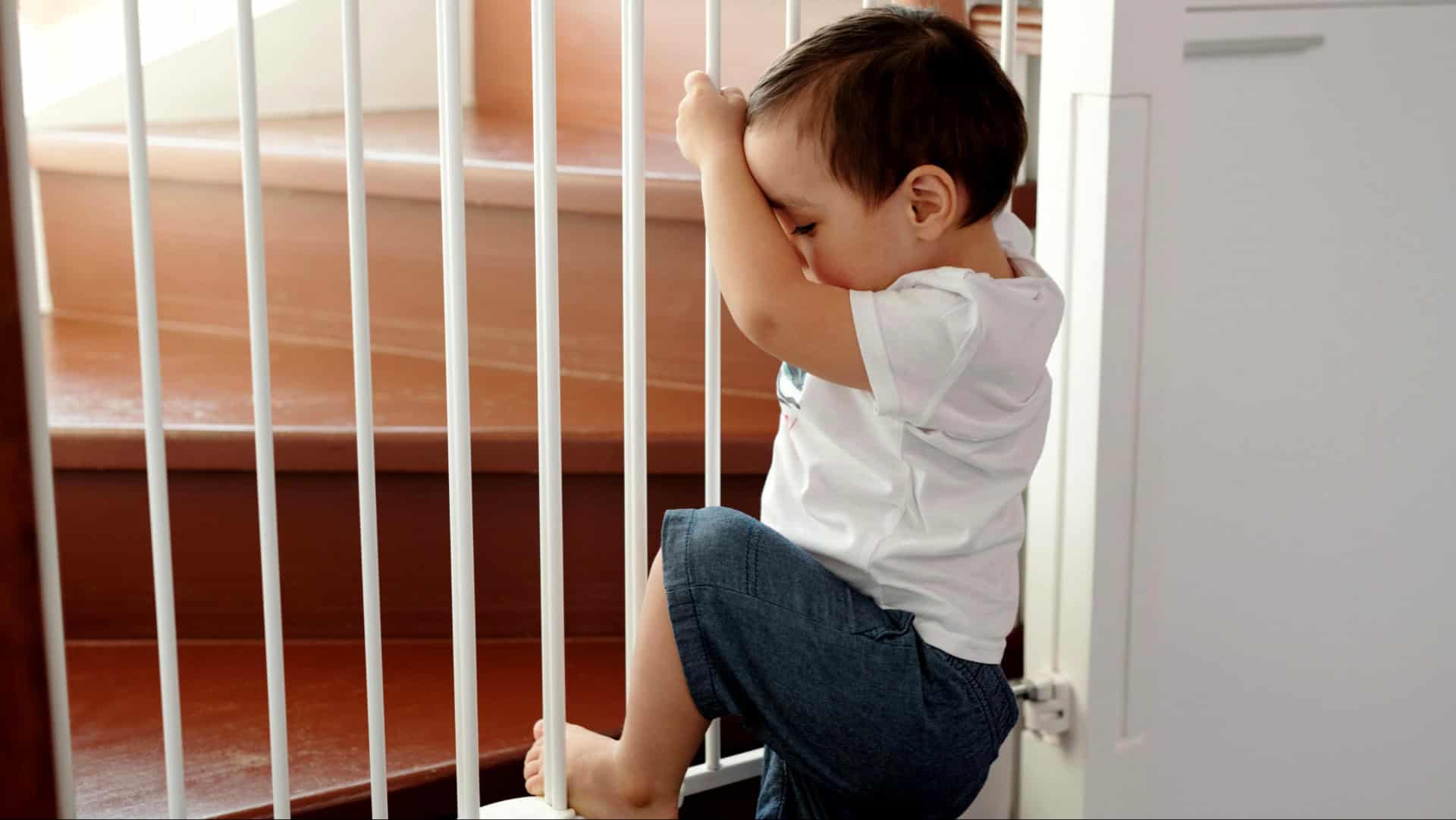When we think of home design, style naturally comes to mind. But what about safety? Some design choices may not just be a matter of taste but could pose real dangers.
Let’s explore 10 common design mistakes that could put you and your loved ones at risk. From slippery floors to poor lighting, these hazards might be lurking in your stylish home.
Rethink these design elements to ensure a safe and beautiful living space.
1. Slippery Floor Materials
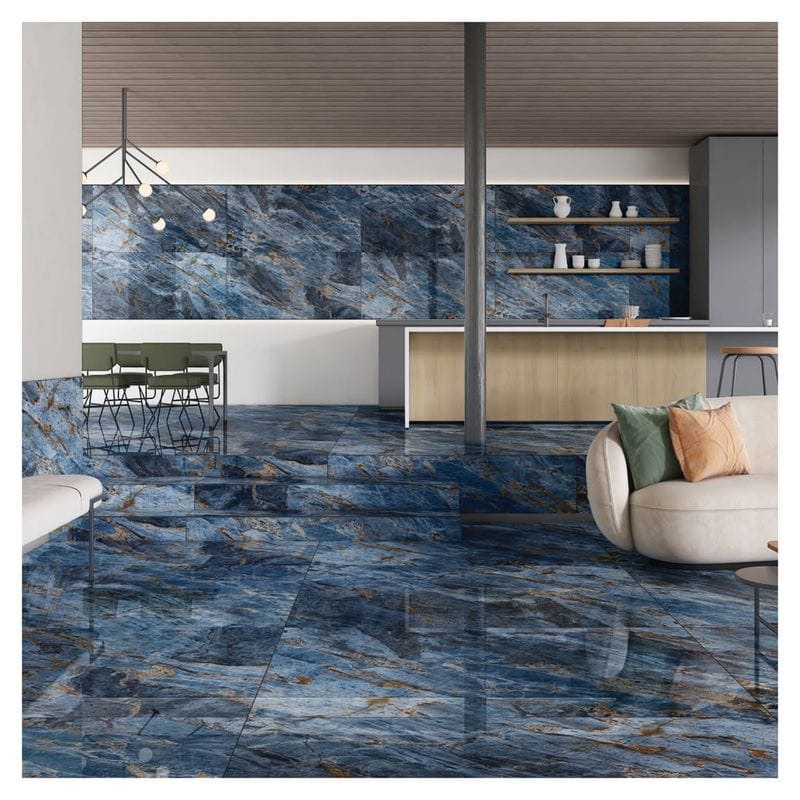
Choosing that glossy tile or polished wood for your flooring might look stunning, but it also increases the risk of slips and falls.
In areas prone to moisture, like bathrooms and kitchens, this can be particularly hazardous. Consider more slip-resistant materials or adding non-slip rugs to mitigate risks.
Aesthetic appeal is vital, but not at the expense of safety. Prioritize flooring that offers traction without compromising on your home’s visual appeal.
Remember, a stylish home should also be a safe home.
2. Poor Lighting
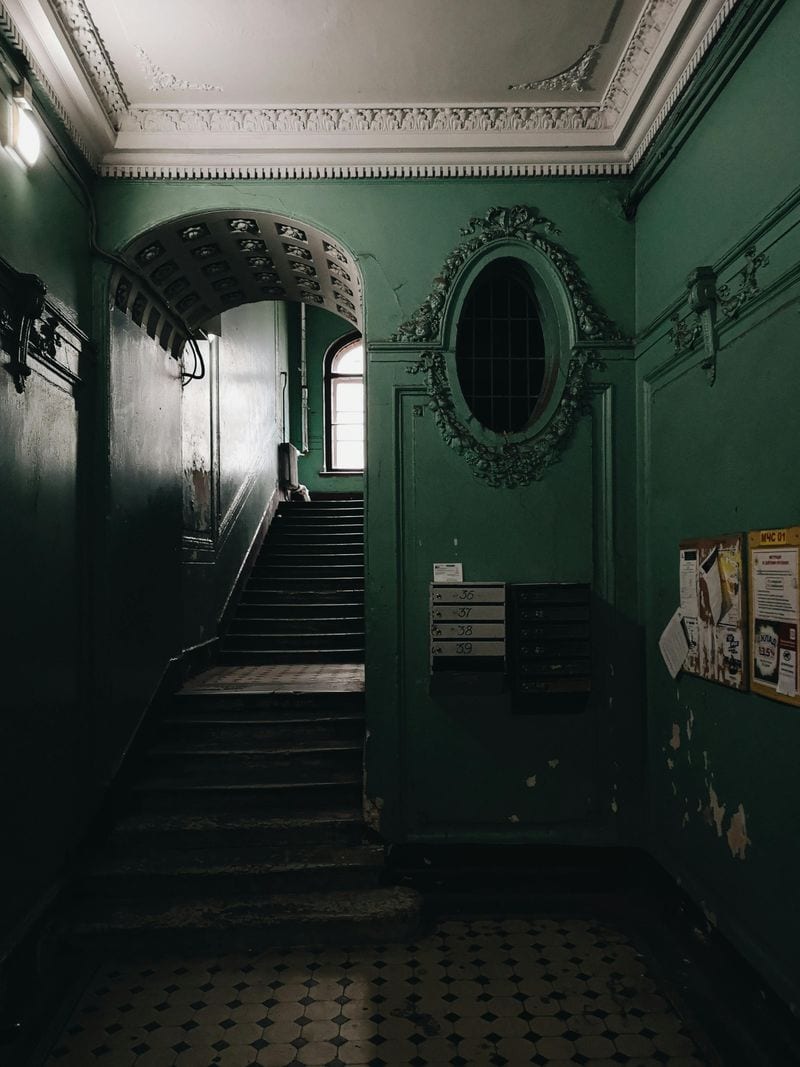
Lighting can transform a space, but inadequate illumination can lead to accidents. Poorly lit areas, especially staircases and hallways, can cause trips or falls.
Ensure sufficient lighting by installing multiple light sources, including overhead and task lighting. Choose energy-efficient bulbs that provide bright, clear light.
Beyond functionality, well-placed lighting adds ambiance, enhancing the home’s atmosphere. Let your home shine bright, ensuring every corner is safe and inviting.
Don’t let dim lighting cast shadows on your home’s safety.
3. Excessive Use of Glass
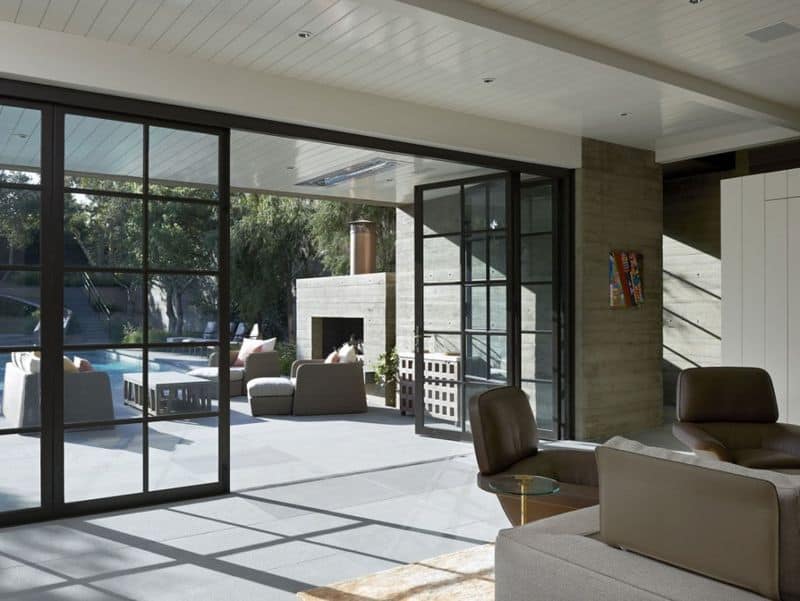
Glass elements add a touch of elegance but also bring potential dangers, especially in homes with children. Large glass panels or furniture can easily shatter, leading to injuries.
Consider tempered glass, which is more durable and less likely to cause harm. Strategically place glass items away from high-traffic areas.
Safety films can also reinforce glass strength, reducing risks.
Balance beauty with practicality by selecting glass elements with care, ensuring your home is both sophisticated and secure.
4. Unsecured Heavy Objects
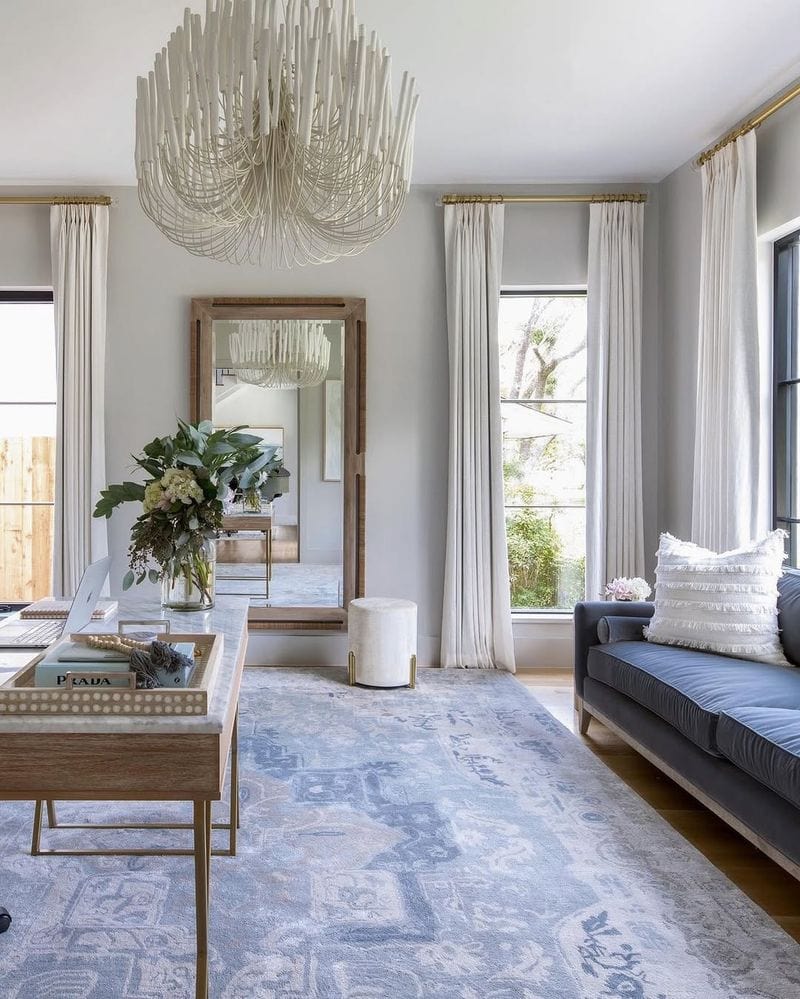
Heavy furniture and décor pieces can become dangerous if not secured properly. In an earthquake or accidental bump, items like bookshelves or freestanding cabinets can topple over.
Use brackets and wall anchors to secure these objects. Ensure stability without sacrificing style. Check the weight distribution and placement of objects.
This precaution helps protect both your belongings and loved ones from potential harm.
Secure your home’s style with confidence by anchoring heavy pieces thoughtfully and effectively.
5. Ineffective Fire Safety Measures
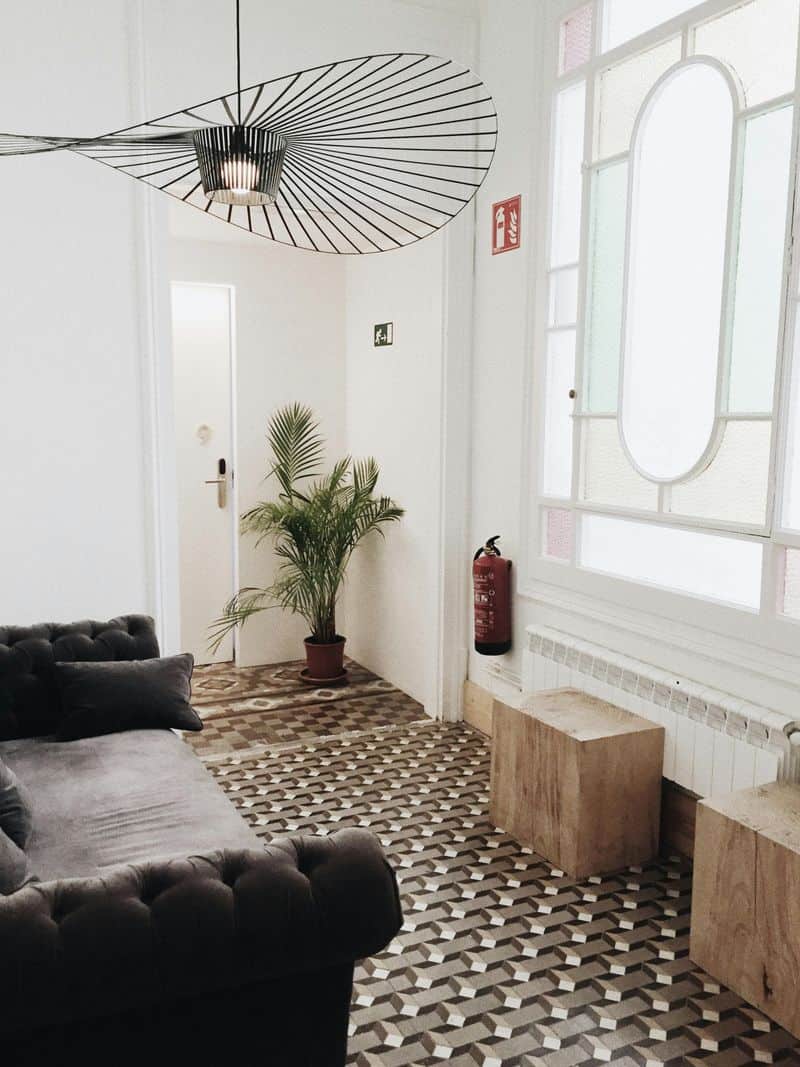
Stylish home designs often overlook essential fire safety measures. Missing smoke detectors or fire extinguishers can turn minor incidents into major disasters.
Ensure these devices are installed on every level of your home. Regularly check batteries and functionality.
While aesthetics are essential, prioritize safety by integrating fire safety tools seamlessly into your design.
Conceal devices subtly but accessibly to maintain the home’s visual appeal. Keep your home protected without compromising on style, ready to face any unexpected fire hazards.
6. Cluttered Spaces
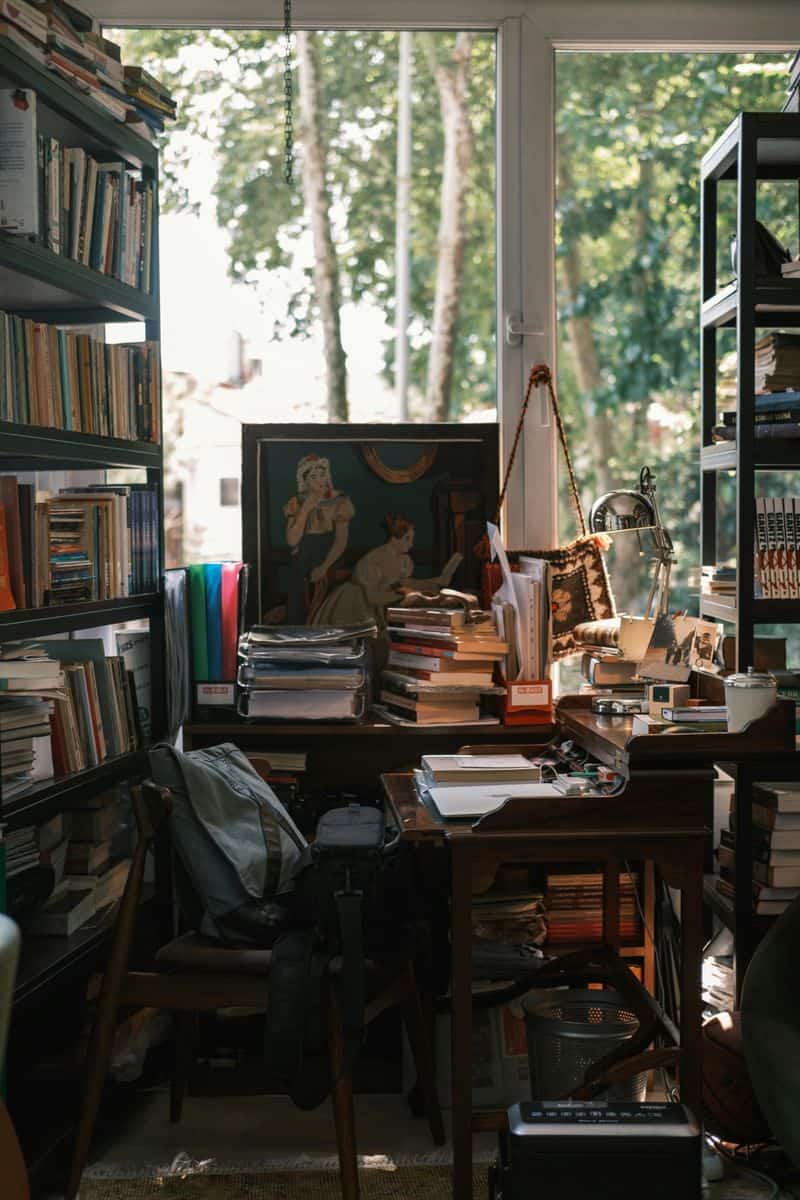
While filling your home with cherished items can be tempting, excessive clutter can pose serious risks. Navigating through crowded spaces increases the chance of accidents.
Embrace functional minimalism by prioritizing essential items. Opt for versatile furniture that doubles as storage, reducing clutter.
Keep pathways clear to ensure easy movement. A clutter-free home not only enhances safety but also offers a serene, welcoming environment.
Edit your space thoughtfully, creating a harmonious balance between style and safety.
7. Open Staircases Without Railings
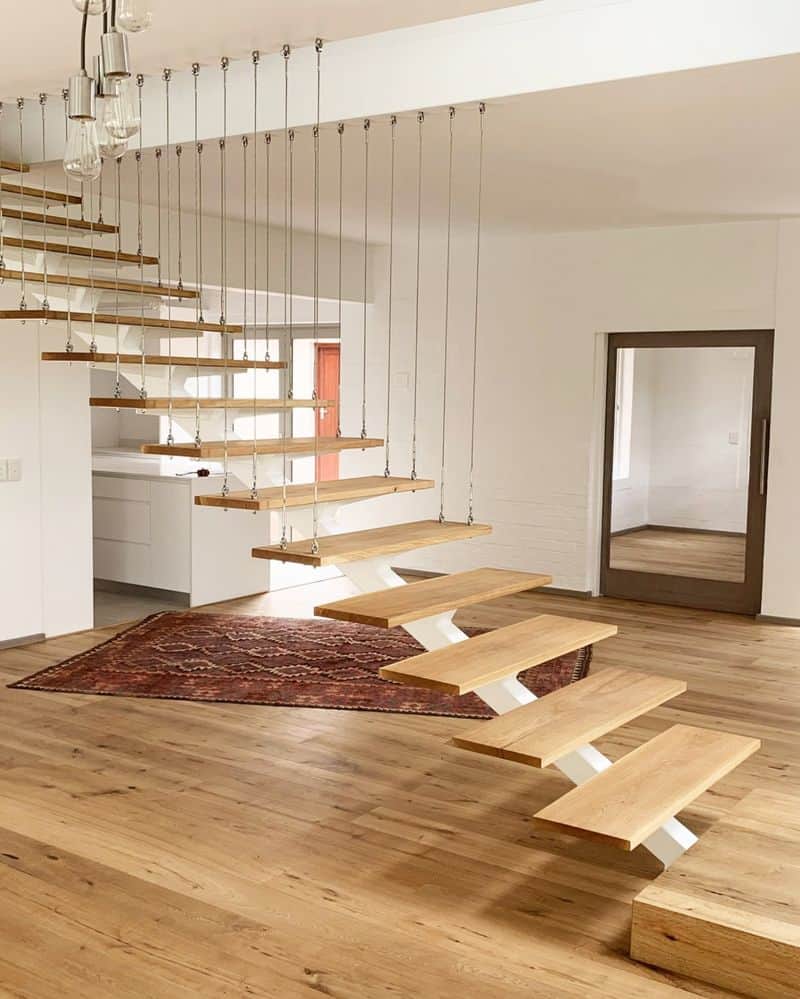
Open staircases may be visually striking but pose significant risks without proper railings. They can be hazardous, especially for children and the elderly.
Install railings that complement the design, ensuring safety without sacrificing aesthetics. Consider transparent or decorative options for a modern touch.
Prioritize stability and grip in railing designs. A well-designed staircase should offer both visual appeal and security.
Balance form and function by integrating protective elements into your sleek staircase design.
8. Neglecting Child Safety
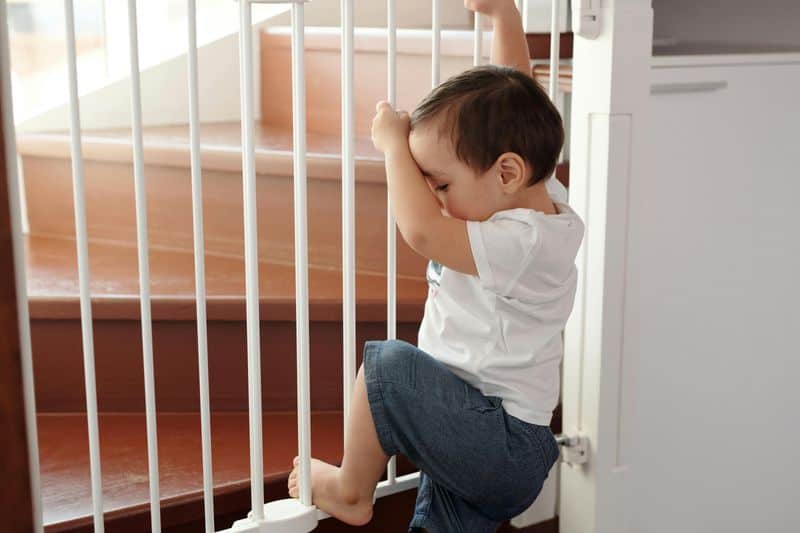
In pursuit of style, child safety is often neglected. Sharp-edged furniture and accessible electrical sockets pose dangers for young ones.
Incorporate child-friendly designs by choosing rounded furniture edges and installing outlet covers. Use safety gates where necessary to restrict access to risky areas.
Style should not overshadow safety, especially with children at home. Create an environment that blends elegance with consideration, ensuring your home is both chic and child-safe.
Thoughtful design choices protect the ones you love most.
9. Insufficient Ventilation
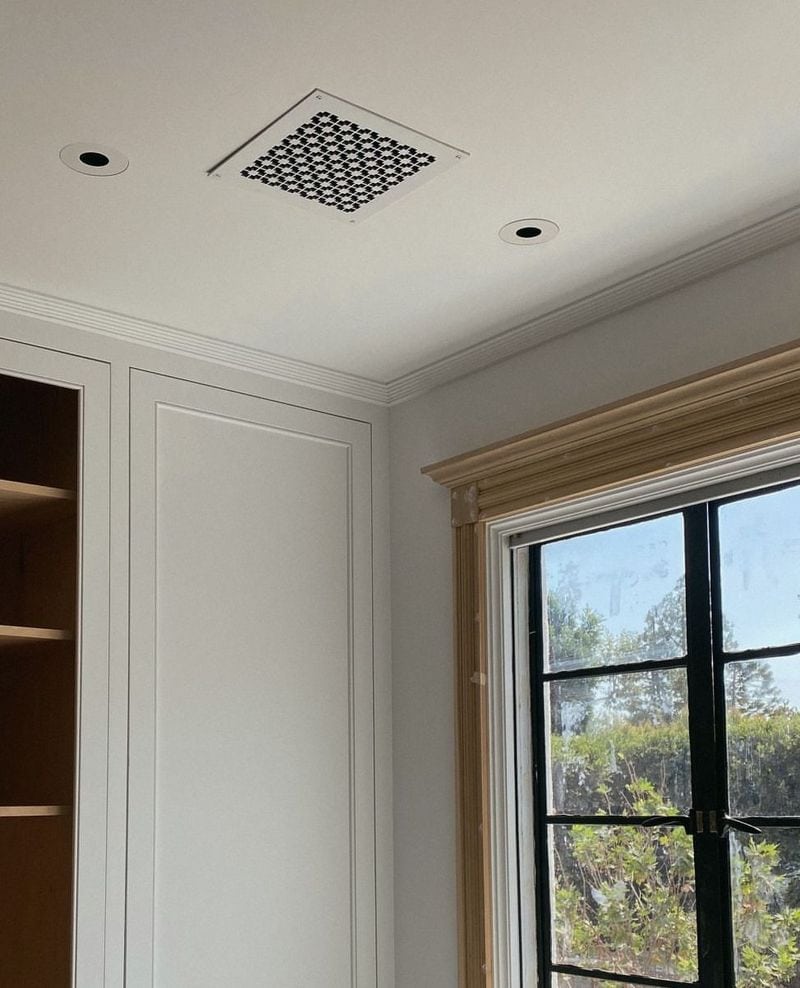
Modern design often embraces minimalism, sometimes at the expense of proper ventilation. Insufficient airflow can lead to moisture buildup, mold, and poor air quality.
Integrate ventilation solutions such as exhaust fans or strategically placed windows. Consider air purifiers for an added layer of protection.
A well-ventilated home promotes health and comfort, enhancing overall living quality. Ensure your home’s sleek appearance doesn’t compromise its airiness.
Breathe easy by incorporating ventilation into your design plan.
10. Improperly Placed Electrical Outlets
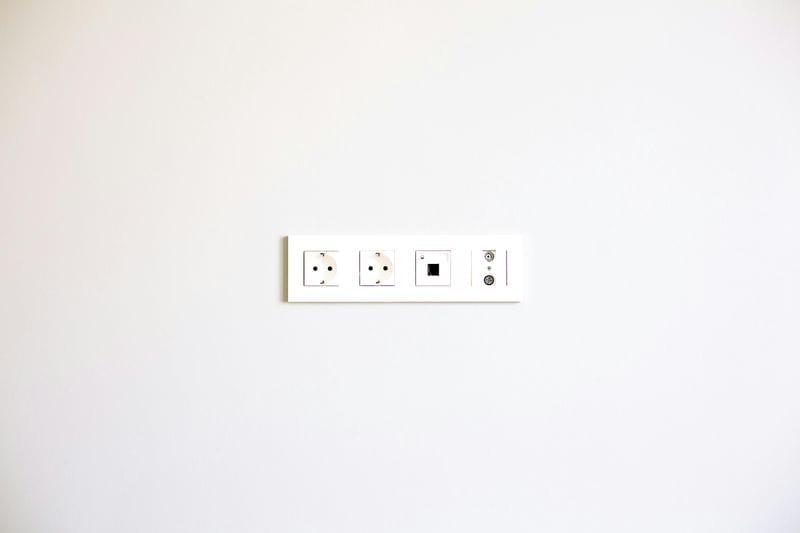
Electrical outlets placed far from where they’re needed often lead to dangerous improvisations. Extension cords across floors can cause trips and falls.
Plan outlet placement during design stages to ensure accessibility. Keep functionality in mind, ensuring outlets are within reach of key areas.
Safe design doesn’t mean compromising on style. Consider outlet covers that blend with décor for a seamless look.
Prioritize safety by making thoughtful decisions about electrical plans, ensuring both convenience and aesthetics.

